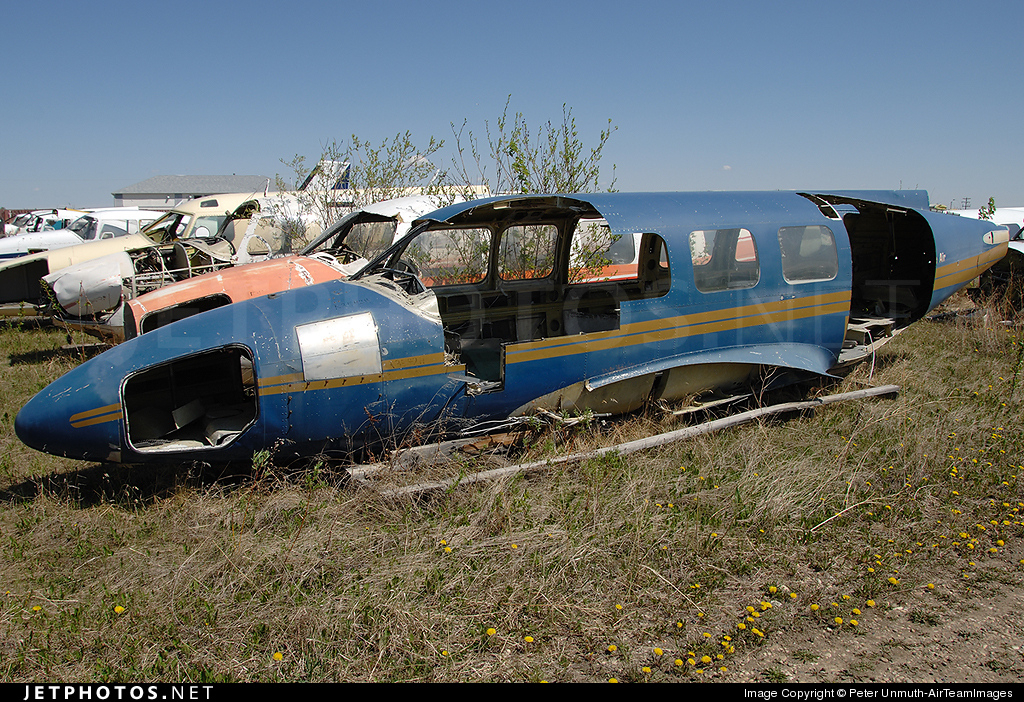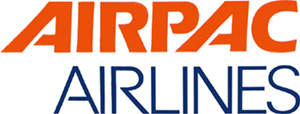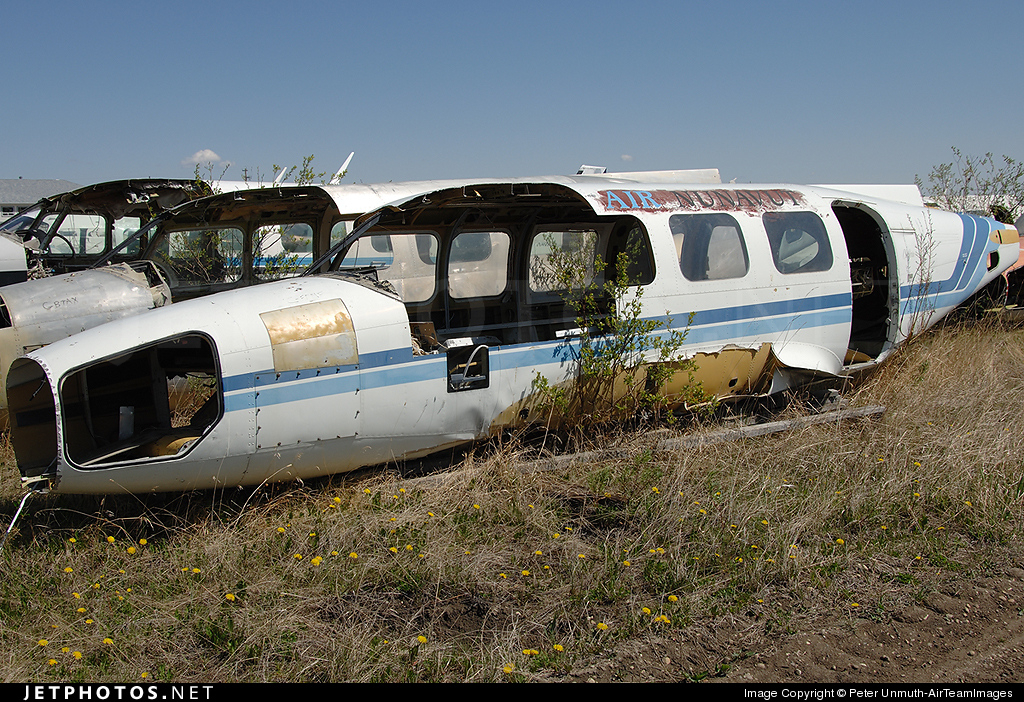Crash of a Piper PA-31-350 Navajo Chieftain in Pontiac: 1 killed
Date & Time:
Dec 4, 1998 at 2045 LT
Registration:
N59902
Survivors:
No
Schedule:
Lansing - Troy
MSN:
31-7652125
YOM:
1976
Crew on board:
1
Crew fatalities:
Pax on board:
0
Pax fatalities:
Other fatalities:
Total fatalities:
1
Captain / Total hours on type:
129.00
Circumstances:
The airplane collided with the tops of trees during an ILS approach near the middle marke. Witnesses heard the airplane strike the trees and a '...whop, whop, whop sound...' it made as it continued its flight. Other witnesses observed the airplane flying a curved, descending, flight path until the aircraft impacted the ground. Visibility was reported as 1/2 mile at the airport. The on-scene examination revealed no airframe or engine anomalies that would prevent flight. A section of the right propeller and other pieces of airframe were found along the approach path after initial impact with trees. The trees along the flight path were about 30 to 60 feet high. The tops of the taller trees were broken or had fresh cut marks on their limbs. The pilot's blood alcohol level was 216 (mg/dL, mg/hg).
Probable cause:
The pilot's descent below the decision height for the instrument approach.
Final Report:







